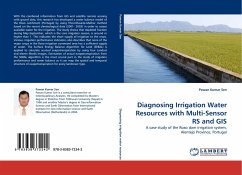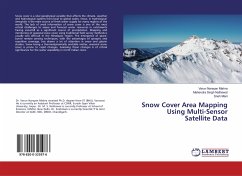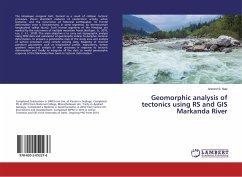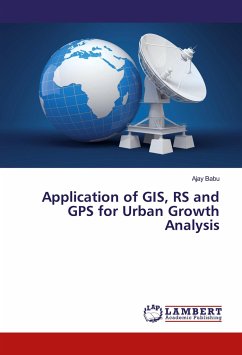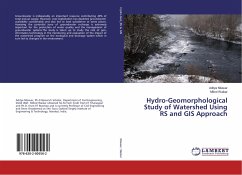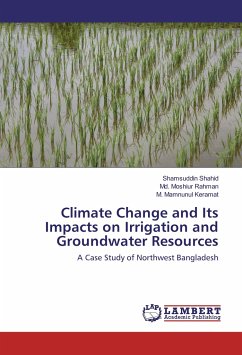With the combined information from GIS and satellite remote sensing with gound data, this research has developed a water balance model of the Roxo catchment (Portugal) by using Thornthwaite-Mather method based on the recent climatological data (2001- 2003) in order to assess available water for the irrigation. The study shows that depleted fraction during May-September, which is the core irrigation season, is around or higher than 1. This indicates the short supply of irrigation to the crops. Various irrigation performance indicators also describes that none of the major crops in the Roxo irrigation command area has a sufficient supply of water. The Surface Energy Balance Algorithm for Land (SEBAL) is applied to calculate acutual evapotranspiration by using four Landsat and eleven Modis images. Estimation of actual evapotranspiration from the SEBAL algorithm is the most crucial part in the study of irrigation performance and water balance as it can map the spatial and temporal structure of evapotranspiration for every landcover type.
Bitte wählen Sie Ihr Anliegen aus.
Rechnungen
Retourenschein anfordern
Bestellstatus
Storno

